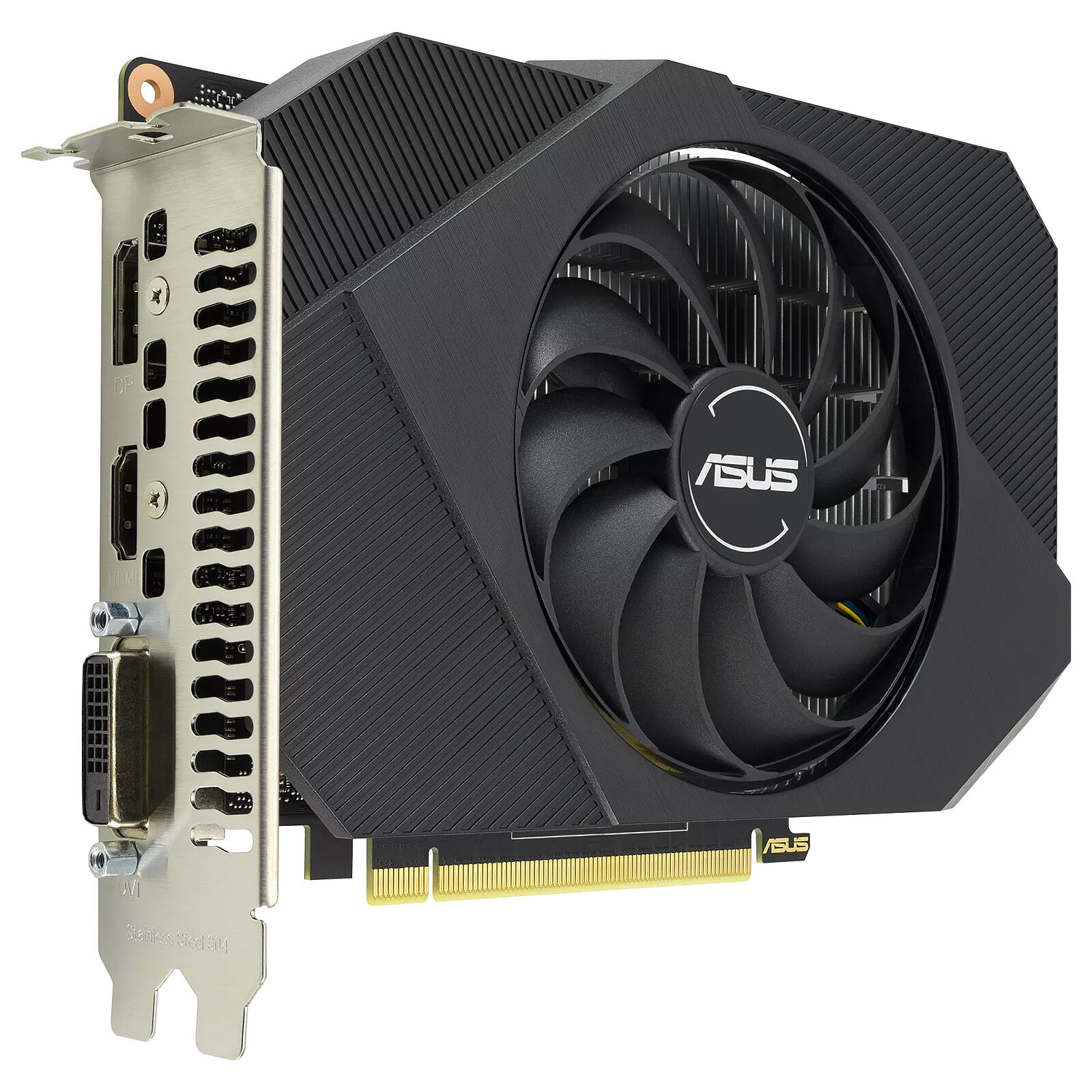Are Flemish Giant Rabbits Good Pets? A Complete Guide to Their Care, Temperament, and Suitability
Introduction: The Appeal of the Flemish Giant Rabbit
Flemish Giant rabbits have captured the imagination and affection of pet owners worldwide due to their extraordinary size and gentle demeanor. Often referred to as “gentle giants,” these rabbits can weigh anywhere from 15 to over 20 pounds and measure between 2.5 and 4 feet in length [3] . Their calm, friendly nature makes them a popular choice for families, but their unique requirements mean they are not the right fit for everyone. This comprehensive guide explores whether Flemish Giant rabbits are good pets, detailing their temperament, care needs, and practical considerations for prospective owners.
Temperament and Personality: Gentle Giants at Heart
The most celebrated characteristic of the Flemish Giant is its calm and affectionate personality. Unlike some smaller, more skittish rabbit breeds, Flemish Giants tend to be docile and patient, often enjoying gentle handling and even cuddling with their owners [1] . Many describe them as “sweet-natured” and “gentle giants,” and they are known to bond closely with their human companions. These rabbits typically enjoy being petted and will frequently approach their owners for attention. Their intelligence also allows for basic training, such as litter box use and even learning simple tricks [2] .
However, it is important to remember that, despite their size, Flemish Giants are still prey animals. They may become startled or frightened by sudden movements or loud noises, and when scared, even a gentle giant can kick, scratch, or bite. Early and consistent socialization, along with respectful handling, are key to ensuring a positive relationship between the rabbit and its human family [2] .

Source: ownyourpet.com
Physical Characteristics: Imposing Yet Lovable
Flemish Giants are visually striking, with a semi-arched body, broad shoulders, and an impressive head and ears. Adults typically weigh 15-22 pounds, and exceptional individuals can exceed this range [3] . Their soft, glossy fur comes in seven recognized colors, including black, blue, fawn, light gray, sandy, steel gray, and white. Females often have a dewlap-a fold of skin under the chin-that serves to keep their young warm [3] .

Source: rabbitcaretips.com
These rabbits’ large size is both a benefit and a challenge. While their impressive stature makes them less vulnerable to unintentional rough handling by children, it also means they require more space and sturdier enclosures than smaller breeds. Their size also impacts their health and care needs, which are discussed in detail below.
Daily Care Requirements: Space, Diet, and Exercise
Owning a Flemish Giant rabbit requires significant commitment in terms of space, diet, and daily care. Their large size means they need a spacious living area-much larger than standard rabbit hutches. The recommended minimum enclosure size is at least 36 inches wide, 36 inches tall, and 120 inches long, providing enough room to stretch and move comfortably. If housing more than one rabbit, double the space accordingly [4] .
Flemish Giants are also social animals that thrive with regular interaction and supervised time outside of their cage. They need daily exercise to maintain healthy muscle tone and prevent obesity, which they are especially prone to due to their size [4] . Providing a secure, rabbit-proofed area for playtime is essential. These rabbits can be trained to use a litter box, making them relatively clean pets [2] .
A balanced diet is critical. Flemish Giants require plenty of high-quality hay, fresh greens, and a carefully measured portion of pellets. Clean, fresh water should always be available. Because of their size, they can eat more than smaller rabbits, so be prepared for higher food costs and the need to monitor their weight carefully to avoid obesity-related health issues [1] .
Health Considerations: What Owners Need to Know
Flemish Giant rabbits are generally robust but have some specific health concerns. Their thick, beautiful fur makes them prone to fur and ear mites, and they do not tolerate hot weather well, so climate control is important [3] . Due to their size, they are at increased risk of developing sore hocks (pressure sores on their feet) if kept on wire or hard surfaces; soft bedding is a must.
Regular veterinary checkups are essential. Not all veterinarians are experienced with giant rabbit breeds, so it’s advisable to search for an “exotic animal vet” in your area, specifically one familiar with rabbits. You can find such specialists by searching for “exotic pet vet near me” or consulting the House Rabbit Society for veterinarian recommendations. Be prepared for the possibility of higher medical expenses, as the cost of medications and procedures may be greater for larger animals.
Owners should also be vigilant for signs of digestive issues, dental problems, and obesity. A proper diet, regular grooming, and environmental enrichment are all part of preventative care.
Compatibility with Families, Children, and Other Pets
Flemish Giants are generally good with children and can also coexist peacefully with other pets, such as cats and gentle dogs. Their calm nature and sturdy build make them less fragile than smaller rabbits, which is an advantage in homes with young kids [4] . However, children should be taught how to approach and handle the rabbit gently, as even a patient Flemish Giant can become startled and may defend itself if it feels threatened [2] .
These rabbits enjoy companionship, so they may benefit from living with another rabbit or pet, provided introductions are managed carefully and all animals are closely supervised. Socialization is key to a harmonious multi-pet household.
Time, Cost, and Lifestyle Commitment
Potential owners must be honest about the time, financial resources, and space they can dedicate to a Flemish Giant rabbit. Besides the initial cost of purchasing or adopting the rabbit, you’ll need to budget for a large enclosure, quality food, bedding, toys, and regular veterinary care. The total cost can be significantly higher than with smaller breeds, especially over the typical 8-10 year lifespan [4] .
Daily care routines include feeding, cleaning, grooming, exercise, and interaction. If you travel frequently or have a busy lifestyle, consider whether you can commit to the daily needs of such a large, social animal. For those who can provide the right environment and attention, these rabbits reward their owners with affection and companionship.
How to Find and Adopt a Flemish Giant Rabbit
If you are interested in adding a Flemish Giant rabbit to your family, you have several options:
- Check with local animal shelters and rabbit rescues-many have giant breeds available for adoption. Ask specifically about Flemish Giants.
- Search for reputable breeders through the American Rabbit Breeders Association (ARBA) . Visit the ARBA website and search for “Flemish Giant breeders” in your state. Confirm the breeder’s reputation and visit in person whenever possible.
- Consult the House Rabbit Society for guidance on adoption and care. Their regional chapters often list adoptable rabbits and can provide detailed care information.
Always ask questions about the rabbit’s background, health records, and temperament. Responsible breeders and rescues will be happy to provide this information and guide you through the adoption process.
Step-by-Step: Preparing for a Flemish Giant Rabbit
- Assess Your Space : Measure your available space to ensure you can accommodate a large enclosure and a safe play area.
- Find Local Resources : Search for exotic pet veterinarians and rabbit-savvy professionals in your area using terms like “exotic animal vet” or “rabbit vet near me.” Consult the House Rabbit Society for recommendations.
- Prepare the Enclosure : Set up a sturdy, spacious, and comfortable enclosure with proper bedding. Avoid wire flooring to prevent sore hocks.
- Stock Up on Supplies : Purchase high-quality hay, pellets, fresh greens, water bottles, litter boxes, grooming tools, and enrichment toys suitable for large rabbits.
- Plan for Socialization : Dedicate daily time for interaction, play, and supervised exercise. Socialize your rabbit gradually to household sounds and routines.
- Monitor Health : Regularly inspect your rabbit for signs of illness or discomfort. Schedule annual (or more frequent) veterinary checkups.
Alternatives for Different Lifestyles
If you find that the Flemish Giant rabbit’s size or care requirements are too demanding, consider smaller breeds like the Holland Lop or Netherland Dwarf. These breeds require less space and food, and may be easier to manage, especially for first-time rabbit owners.
Summary: Is a Flemish Giant Rabbit Right for You?
Flemish Giant rabbits can make exceptional family pets for those who are prepared to meet their unique needs. Their affectionate, gentle temperament, combined with their impressive size, make them a rewarding choice for experienced pet owners with the necessary time, space, and resources. Before making a decision, carefully assess your household’s ability to provide the environment, care, and attention these gentle giants deserve. If you’re ready for the commitment, a Flemish Giant rabbit could become a beloved member of your family for years to come.
References
MORE FROM findworkpro.com













